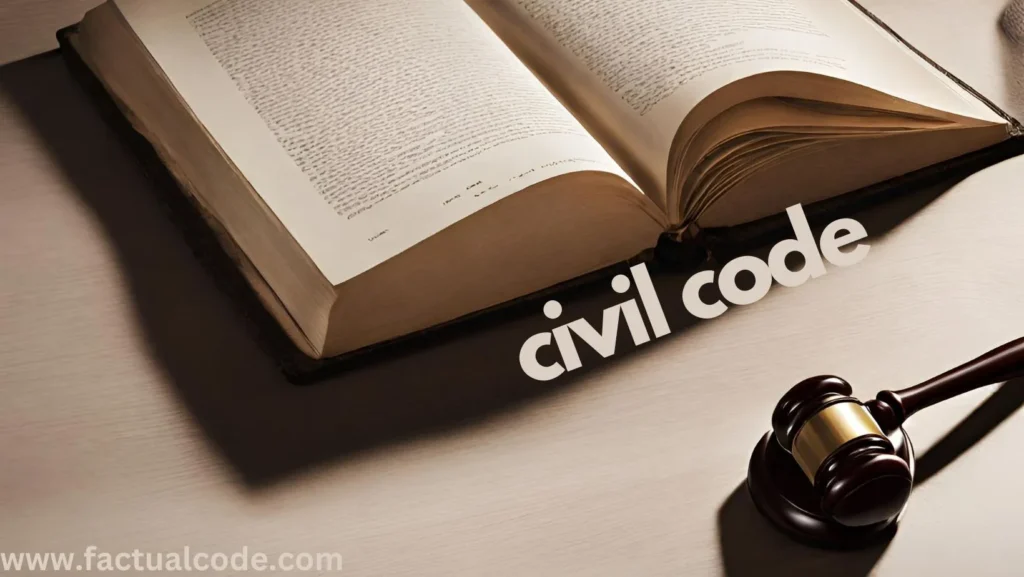Execution is the process by which a decree or order of a court is enforced. The Code of Civil Procedure, 1908 (CPC), outlines the powers and responsibilities of executing courts to ensure the effective implementation of judicial decrees. Below is a detailed discussion of the key provisions:
Relevant Sections in CPC
Section 38 – Courts by Which Decree May Be Executed
Scope:
A decree can be executed either by the court that passed it or by a court to which it is transferred.
Significance:
Establishes jurisdiction for executing the decree, ensuring it is enforced effectively.
Section 39 – Transfer of Decree for Execution
Scope:
The decree may be transferred for execution to a court where:
The judgment debtor resides or carries on business.
The property of the judgment debtor is situated.
Significance:
Enables execution beyond the territorial jurisdiction of the original court.
Section 40 – Transfer of Decree to a Foreign Court
Scope:
Decrees can be executed in foreign courts under reciprocal arrangements with the foreign country.
Significance:
Facilitates cross-border enforcement of decrees.
Section 42 – Powers of Court in Execution of Decrees Transferred to It
Scope:
The transferee court has the same powers as the court that originally passed the decree.
Significance:
Ensures smooth execution by the transferee court without compromising its authority.
Section 47 – Questions to Be Determined by the Executing Court
Scope:
All issues related to execution, discharge, or satisfaction of a decree are to be decided by the executing court. Separate suits are not allowed.
Significance:
Avoids unnecessary litigation, promoting efficiency and speedy resolution.
Section 50 – Execution of Decree Against Legal Representatives
Scope:
If the judgment debtor dies, execution can proceed against their legal representatives for the debtor’s estate.
Significance:
Ensures the decree’s enforceability is not defeated by the debtor’s death.
Section 51 – Powers of the Court to Enforce Execution
Scope:
Courts can enforce decrees through:
Delivery of property.
Attachment and sale of property.
Arrest and detention of the judgment debtor.
Appointment of a receiver.
Any other prescribed mode.
Significance:
Grants wide-ranging powers to enforce decrees, ensuring the decree holder’s rights are protected.
Section 60 – Property Liable to Attachment and Sale in Execution
Scope:
Specifies attachable property, including land, shares, debts, etc., while exempting essential items like tools of trade and basic wages.
Significance:
Balances creditors’ rights with protection of basic necessities of the debtor.
Section 63 – Property Attached in Execution of Decrees of Several Courts
Scope:
The court that first attached the property has the authority to sell it in execution.
Significance:
Prevents conflicts and ensures orderly resolution of competing claims.
Section 151 – Inherent Powers of the Court
Scope:
Courts can issue orders to prevent abuse of process and ensure justice.
Significance:
Serves as a residual power to address unique or unforeseen situations.
Order 21: Execution of Decrees and Orders
Order 21 of the CPC provides a detailed procedural framework for execution. Some key rules are outlined below:
Rule 10 – Application for Execution
Scope:
Decree holder must file an application to initiate execution.
Significance:
Formalizes the process of execution.
Rule 11 – Oral Application for Execution
Scope:
Allows oral application for certain decrees, like payment of money or delivery of movable property.
Significance:
Simplifies the process for straightforward cases.
Rule 22 – Notice to Show Cause Before Execution
Scope:
A notice is issued if execution is sought after two years or against a legal representative.
Significance:
Ensures due process and allows the debtor to raise objections.
Rule 26 – Stay of Execution
Scope:
Execution can be stayed if an appeal is pending or there is a dispute over the amount payable.
Significance:
Safeguards the rights of judgment debtors.
Rule 30 – Decree for Payment of Money
Scope:
Enforces monetary decrees through attachment and sale of debtor’s property.
Significance:
Provides a clear mechanism for recovering debts.
Rule 31 – Decree for Specific Performance or Injunction
Scope:
Addresses decrees for non-monetary relief, like specific performance or injunctions.
Significance:
Lays out enforcement methods for non-monetary obligations.
Rule 35 – Decree for Possession of Immovable Property
Scope:
Possession is enforced by removing the judgment debtor or anyone claiming under them.
Significance:
Directs enforcement in cases involving land or property.
Rule 37–40 – Arrest and Detention of Judgment Debtor
Scope:
Arrest and detention are permissible when the judgment debtor willfully evades payment.
Significance:
Protects creditors while ensuring that arrest is used judiciously.
Rule 58–59 – Claims and Objections Against Attachment
Scope:
Third parties can challenge wrongful attachment of property.
Significance:
Protects innocent parties who are not directly involved in the decree.
Rule 97–101 – Resistance to Delivery of Possession
Scope:
Deals with resistance or obstruction during execution of possession decrees.
Significance:
Ensures possession is delivered despite opposition.
Conclusion
The executing court derives its powers from Sections 38-51 of the CPC and Order 21 (Rules 1-106). These provisions ensure that the decree holder can enforce the decree through various means, including attachment, sale, arrest, or transfer of property. Procedural safeguards, such as Rule 22 (notice) and Rule 58 (third-party objections), ensure fairness. Together, these mechanisms provide the executing court with comprehensive tools to achieve justice efficiently.
References- THE CODE OF CIVIL PROCEDURE, 1908 Section 38 Section 39 Section 40 Section 42 Section 47 Section 50 Section 51 Section 60 Section 63 Section 151 Order 21 Rule 10 Rule 11 Rule 22 Rule 26 Rule 30 Rule 31 Rule 35 Rule 37, 38, 39, 40 Rule 58–59 Rule 97, 98, 99, 100, 101

